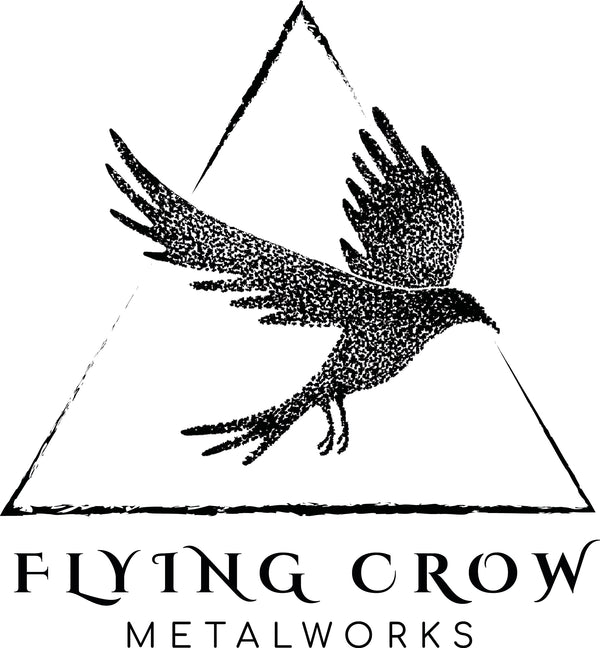
Flowers Captured in Time
Share
Doing in person art shows is a great way for me to connect with customers and introduce my work to new people. It allows me to see in real time which of my pieces resonate the most, and it is always interesting to learn what stones people gravitate towards.
I get a lot of questions about my jewelry designs centered around one particularly unusual stone. I love it when people pause and lean in for a closer look. They often ask me if it is a manmade material, like polymer clay or resin, and are always amazed to learn this is a natural stone. If you're from Michigan then you probably think automatically of Petoskey stones, and you'd be half right.
Do you recognize this stone?


If you've been following along for a bit then you know I have certain gems and stones I always circle back to in my jewelry designs. The top of that short (but growing) list is fossilized coral.
I discovered this material on one of my first visits to the Tucson Gem and Mineral Show early in my jewelry-making career. I truly had never seen anything like it! At the time I had a small budget and little experience, but I knew what I liked. I purchased as many fossil corals as I could afford, and since then I've continued to seek out this amazing stone, always searching for unusual and outstanding specimens.
The fossils I look for generally come from Indonesia, which in my opinion have the most interesting patterns and spectacular colors.

Fossil coral is formed from ancient coral reefs, which are not connected to the protected and endangered coral reefs in our modern oceans. The fossils form when mineral-rich waters percolate through the sediments, depositing minerals into the porous skeletal structure of the coral. The process can take thousands of years or more depending on the type of coral, the geological environment, and the rate of mineral deposition. Over time the organic material of the coral is slowly replaced by silica or other rock-forming materials.

The main parts of Indonesia where my preferred fossilized coral is mined are the mountainous regions of Sumatra and Java, where volcanic activity influences the minerals deposited into these ancient reefs. It's a little mind-blowing to realize how much our planet has changed over the course of time, so that these ancient sea creatures are now found at the top of mountain ranges, their amazing structures preserved in stone.

The more I learn about this material, the more I fall in love with it. As an artist my work is ever evolving and changing, but I can't imagine not including this special stone in my jewelry designs. If you'd like to view my collection of fossilized coral jewelry visit the Wild Garden collection on my website.
Subscribe to emails to get up to date information on collection releases, new work, and in-person shopping events!
